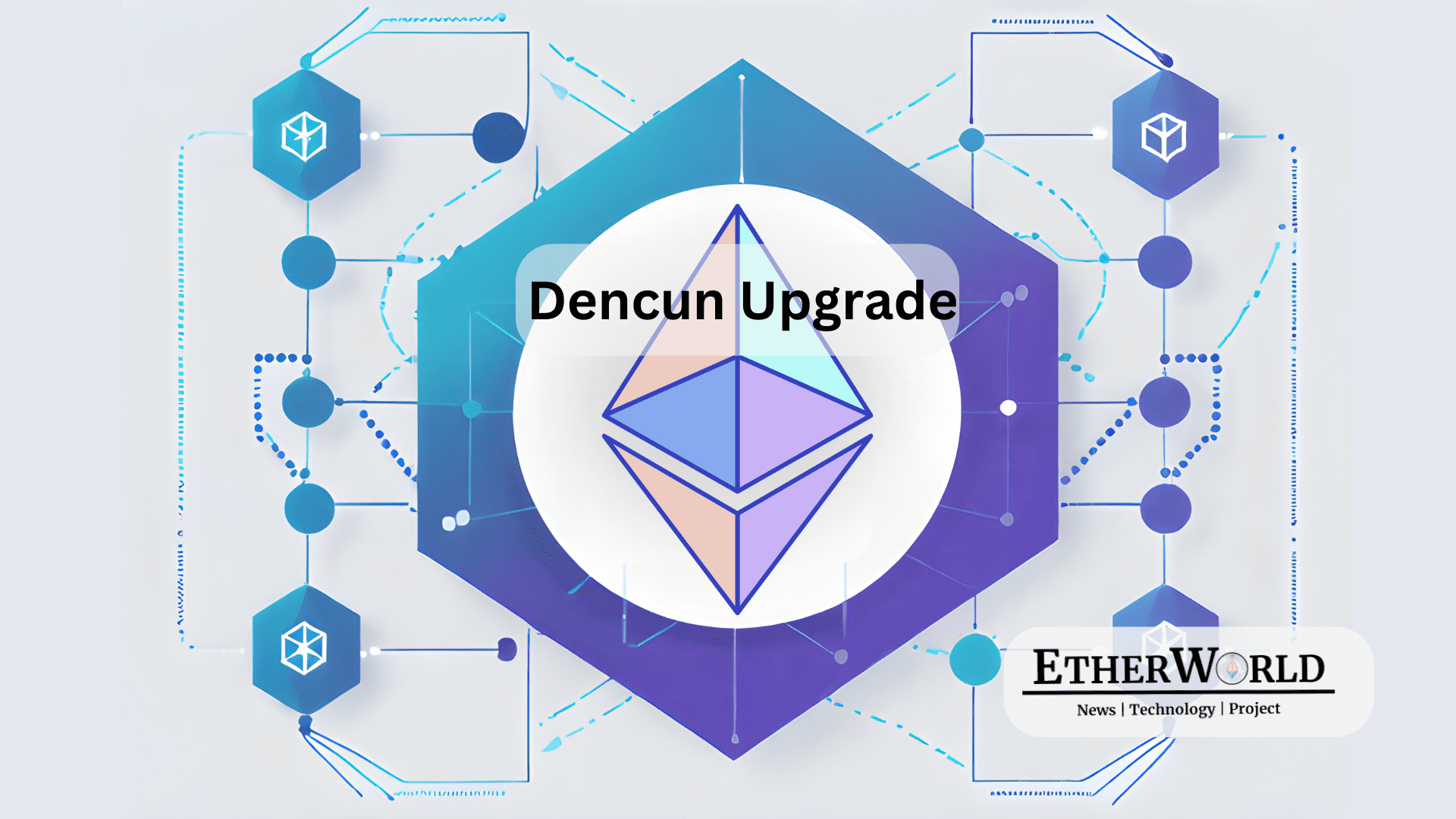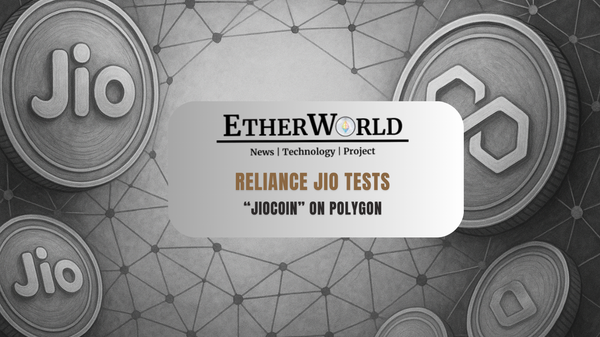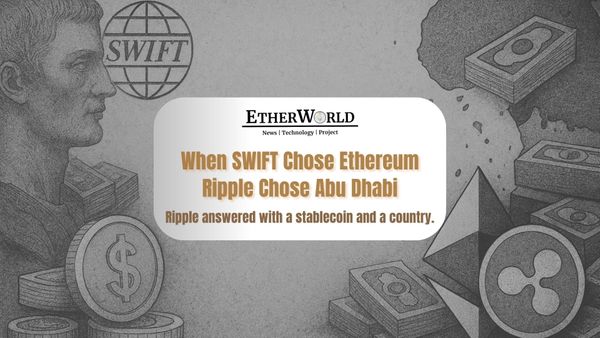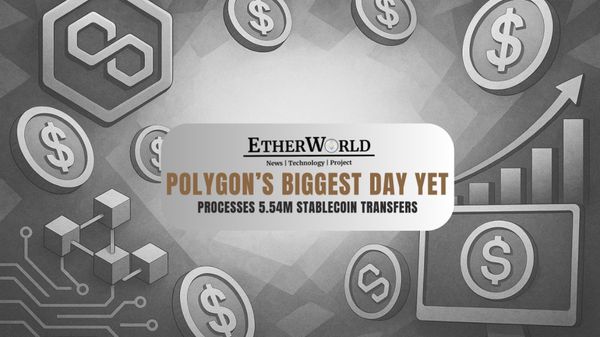Ethereum, the frontrunner in the blockchain space, is gearing up for a significant transformation with its upcoming Dencun upgrade. This vital upgrade, a culmination of advancements in the Deneb Consensus Layer and the Cancun Execution Layer, is primed to usher in a new era of scalability, efficiency, and functionality for the Ethereum network. With a profound focus on sharding, a pivotal feature for Ethereum's future, the Dencun upgrade incorporates several Ethereum Improvement Proposals (EIPs) and aims to redefine the Ethereum ecosystem.
To know more, read here.
A Short-Lived Devnet for Rigorous Testing
Dencun ushers in the introduction of Devnet-10, a short-lived development network that will serve as a crucible for testing Ethereum's new Churn Limit EIP (EIP-7514). Devnet-10 is expected to operate for less than a week, primarily aimed at assessing the impact of this significant change. Ethereum developers will be required to ensure that the MAX_PER_EPOCH_ACTIVATION_CHURN_LIMIT config variable is configurable. Additionally, they will enable developers to override this limit, promoting adaptability and resilience.
Multi-Architecture Compatibility
Dencun marks Ethereum's maiden voyage into the realm of multi-architecture support. This means that Docker images tailored for Devnet-10 will be universally compatible, working seamlessly on both x86 and arm architectures. Ethereum's shift towards multi-architecture compatibility underscores the platform's commitment to inclusivity and accessibility.
Updated Trusted Setup File
One of the standout features of Devnet-10 is its reliance on the updated kzg trusted setup file, affirming Ethereum's commitment to stringent security and trust measures.
Evolution of Devnets: A Brief Summary
The journey towards the Dencun upgrade has been paved by a series of Devnets, each contributing to Ethereum's growth. Devnet-9, the immediate predecessor to Devnet-10, served as a crucial stepping stone in testing and refining Ethereum's capabilities. To delve deeper into the evolution of Devnets, explore our previous articles on Dencun's development.
Revised List of EIPs for Dencun
Dencun incorporates a slew of pivotal Ethereum Improvement Proposals, including:
EIP-4844: Shard Blob Transactions: EIP-4844 ushers in a groundbreaking transaction format optimized for handling "blob-carrying transactions." This promises to greatly enhance the efficient processing of data-rich transactions.
EIP-4788: Beacon block root in the EVM: EIP-4788 bolsters the Ethereum Virtual Machine (EVM) by introducing a mechanism to commit to the hash tree root of each beacon chain block. This fortifies the security and functionality of Ethereum's core engine.
EIP-7514: Add Max Epoch Churn Limit: EIP-7514 is a critical update that caps the epoch churn limit, ensuring a measured and sustainable growth rate for validators within the Ethereum network.
Several more EIPs are poised to influence the upgrade's development significantly.
What Changed from Devnet 9?
The transition from Devnet-9 to Devnet-10 is marked by several notable changes, each aimed at enhancing Ethereum's performance and efficiency. From the improved configurability of the MAX_PER_EPOCH_ACTIVATION_CHURN_LIMIT to the critical shift towards multi-architecture compatibility, Devnet-10 represents a significant leap forward.
Infrastructure and Development
The Dencun upgrade has led to extensive revamping of Ethereum's infrastructure, including adjustments to network configurations, tools, and protocols. These changes have been carefully orchestrated to facilitate a smooth transition and enhance the overall user experience. Ethereum's adoption of ASDF for version management and the comprehensive update of all sops files signifies the network's meticulous approach to executing the upgrade with precision.
Genesis Allocation and Its Impact
The Dencun development process has been characterized by strategic allocation of accounts for distinct network activities. These accounts include spamming blobs and transactions, testing network resilience against MEV (Miner Extractable Value) attacks, and other key functions. These allocations highlight Ethereum's proactive stance towards addressing potential vulnerabilities and maintaining the network's security and robustness.
As Ethereum's Dencun upgrade draws near, the community is abuzz with anticipation for the positive transformation it promises to bring to the Ethereum ecosystem. The upgrade, designed to bolster scalability, security, and efficiency, positions Ethereum on a trajectory to become an even more potent and accessible blockchain platform.
Infrastructure code for Dencun Dev/Testnets: Git
Tim Beiko's recent discussion on EIP-7523, which proposes the deprecation of empty accounts on Ethereum, sheds light on an intriguing aspect of the network's history and future. Prior to the Shanghai attacks, Ethereum allowed for the creation of 'empty' accounts, which had been exploited as a potential avenue for denial-of-service (DoS) attacks. This prompted the Spurious Dragon hard fork, accompanied by EIP-161, in 2016, which aimed to address this issue by enabling the removal of these accounts.
Remarkably, the last of these empty accounts were cleared by ultratwo in 2022, as evidenced by a notable transaction. However, Ethereum clients still maintain logic to handle these accounts, even though they no longer exist and cannot be created.
EIP-7523 proposes to officially "prohibit" empty accounts on post-merge networks. While this restriction is largely in place, reference tests assume that clients must implement all the associated functionality. With EIP-7523 in effect, it would be possible to optimize clients or EVMs for post-merge blocks, eliminating the need to account for (non-existent) "empty" accounts.
During the discussion, concerns were raised, including questions from Dankrad Feist about the potential implications of this EIP on structures like the Merkle Trie, where empty accounts differ from deleted ones. There were also queries about when this EIP would be activated, with consideration given to "which fork" would see its implementation (The Merge?).
As the Ethereum ecosystem continues to evolve, discussions surrounding the removal of deprecated features and optimization of the network's performance are crucial. This proposal to deprecate empty accounts serves as another step in Ethereum's ongoing journey towards greater efficiency and security.
Related Articles
- EIP-4844 ready for Multi-Client Devnets
- Why Ethereum Clients prefer SSZ over RLP?
- Engine API Improvement Proposal
- Vitalik Buterin Proposes Innovative Changes to Ethereum’s Staking Ecosystem
- Polygon zkEVM Achieves Milestone with Dragon Fruit Upgrade
Related Videos
- EIPs & Standardization Process
- EIP-20: Token Standard
- ETH Withdrawals: Everything You Need to Know
- Client Diversity
- Ethereum Transaction Lifecycle
Disclaimer: The information contained in this website is for general informational purposes only. The content provided on this website, including articles, blog posts, opinions, and analysis related to blockchain technology and cryptocurrencies, is not intended as financial or investment advice. The website and its content should not be relied upon for making financial decisions. Read full disclaimer and privacy Policy.
For Press Releases, project updates and guest posts publishing with us, email to contact@etherworld.co.
Subscribe to EtherWorld YouTube channel for ELI5 content.
Share if you like the content. Donate at avarch.eth or Gitcoin
You've something to share with the blockchain community, join us on Discord!








